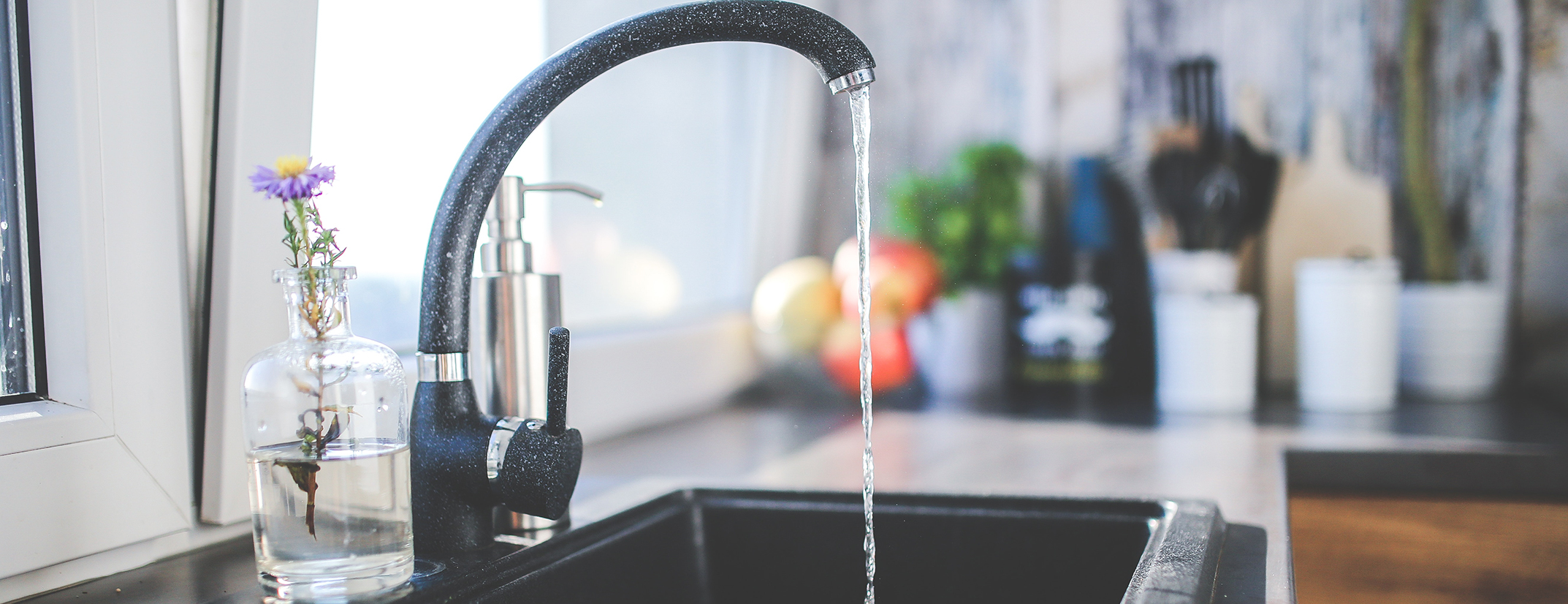Most people don’t give their water heater a second thought unless it’s on the fritz or leaking – both are not ideal situations – however there’s so much more your water heater could be doing for you. Like saving you money!
Your water heater works hard to make sure you, your home, and your appliances have hot water available whenever it’s needed. But that hard work can come at a cost in the form of your monthly energy bill. SPOILER ALERT: Heating your water can account for as much as 20% of your energy bill!
I think it’s time we give the water heater the attention it deserves so that not only can it still provide you with the hot water you need, but also saves you a few bucks each month too.
- Adjust the default thermostat temperature. Many hot water heaters are set to a default temperature of 140 ºF – much higher than the EPA recommended 120ºF. If you still have the owner’s manual or are able to find instructions online, you may be able to adjust this setting yourself. If not, a local plumber can easily assist. The savings from this adjustment are based on reduced standby losses (heat lost from the water heater into the surrounding area) and consumption (from water demand or use in your home). Set at 140ºF vs. 120 ºF, your water heater can waste anywhere from $36 to $61 annually in standby heat losses and more than $400 in demand losses.
- Change your demand. This is a two-fold approach. Changing old showerheads and sink aerators with new low-flow water saving versions can help reduce your usage. This is an inexpensive update that can potentially cut water usage in half. You can also be more conservative implementing habits like only doing full loads of wash in the washing machine or full loads of dishes in the dishwasher as well as taking shorter showers and turning the water off while brushing your teeth, etc.
- Insulate pipes. A lot of heat is lost during the water’s journey from the storage tank to its final destination. The first 6 to 10 feet of pipe are where the most heat is lost so, at minimum, consider adding pipe insulation to this section to help reduce heat loss.
- Dress up your storage tank. If you use a conventional water heater that has a storage tank, you are spending energy every month constantly reheating water that you’ve already heated. Every minute the hot water sits in your tank, it’s losing heat. An insulation jacket can help slow the colling process, so you won’t have to reheat your water as often.
Just like your furnace, your water heater should be inspected and serviced annually in order to run at peak efficiency and avoid unnecessary and costly emergency repairs.
Most conventional water heaters last about 10 years, as it gets closer to that milestone it becomes less and less efficient when compared to a new model – especially a tankless model. It may make sense to replace your current water heater with a high efficiency version and cut your energy bill down – as high as even 40%. The saving could offset the cost of the new unit in just a few years.
Have questions on getting a new water heater installed or maintained? Give us a call!

